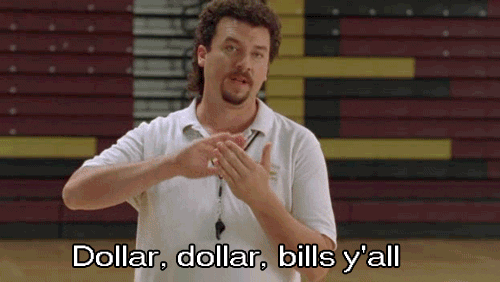For my 11th-grade poetry class, which was almost a decade ago, I needed to write a 10 – 15 page final on the work of any poet. Of course, in my teenage brain, this meant an 8-page final with enlarged margins and periods the size of pennies.
I asked my mother if we had any poetry books lying around the house, and she gave me the usual poets — famous men from the romantic era (Lord Byron, John Keats, etc.)
I remember reading all of them and thinking how terrible they are. She then gave me Henry David Thoreau and my juvenile reading of him could be summarized in one word: corny. Running out of poets, my mom said, “try her,” and tossed me Edna St. Vincent Millay’s first published book, Renascence and Other Poems.
After reading her first poem, "Renascence," I immediately fell in love with her writing style. With such simple language, she conveyed such complex topics. Whether her poetry was serious or cheeky, they always had meaning. They always made me think critically and helped question my way of life.

Without hesitation, I picked Millay as the poet for my final.
Upon doing some research, I quickly learned that she was bisexual, attended Vassar, and lived a Bohemian lifestyle in Greenwich Village. Notably, she was also the first woman to win a Pulitzer Prize in poetry.
As I read her work, particularly her love poems, I noticed that the subject of her love was seldom, if ever given pronouns. The way she discussed the subjects of her desire, they could easily be either men or women.
So my paper focused on how Millay's bisexuality influenced her poetry. I was only 16; my first same-sex kiss was two long years away. It was five years before I had sex with a man, six years before I started openly identifying as bisexual, and nine years before I moved in with my boyfriend.
My teacher loved my final (which ended up being a full 12 pages — no cheating). She even gave a pin that said, “Straight But Not Narrow” in rainbow letters, which I have cherished all these years.
Looking back on it, my 11th-grade teacher knew my sexuality years before I did.
When I got into Vassar College, I knew little about it, except for the fact everyone told me to apply, everyone wanted me to go, and Millay attended college there, where she openly explored her bisexuality.
Though I would never admit it, and I am not sure I even knew it at the time, the latter influenced my decision the most.
So I attended Vassar. A place where I openly explored, discussed, and researched my sexuality. A place where I wrote nearly every paper on sexuality, gender, and masculinity. My intro sociology final was titled “That’s So Gay” and made the argument for why children should start learning about gender and sexuality in kindergarten.
My queer theory final, no surprise there, was quite queer, discussing how the vast majority of LGBTQ research uses poor scientific methodologies. My Consumer Culture final for Anthropology looked at the effect Internet porn has on the sexual identity gay, bisexual, and straight men.
Every final I could turn into something queer, I did. At the time, I still identified as straight.
When I was 20, I went to the Getty Museum in Los Angeles with my mother. There, I saw the famous photograph of her titled, Edna St. Vincent Millay at Mitchell Kennerley's house in Mamaroneck, New York. It was much tinier than I expected, but I stared at it longer than any sane human would. Before walking on to the next exhibit, I wiped the tears starting to pool in my eyelids and smiled.
It’s been nine years since I first heard of Edna St. Vincent Millay. Nine years since I first read Renascence, falling in love with her work. Nine years since I discovered that my new favorite poet happened to be bisexual.
And only nine years later, I realize the influence she’s had on my life.
I don’t think she intended to be a role model to a questioning queer teenager, nearly a century later, but by being open about her sexuality, she allowed me to explore mine.
This is the impact bisexuality visibility has. She didn’t march in the streets or protest for LGBTQ rights, but she was unabashedly herself. And sometimes, that’s enough. Just by being out and bisexual, you can have an impact on others.
This is why it’s important to come out. This is why Celebrate Bisexuality Day and Bisexual Awareness Week are so necessary. This is why it’s crucial to be true to who you are. For your sake and others. You never know the impact you may have simply through being visible.














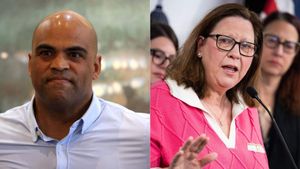

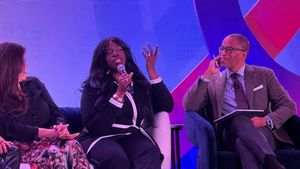
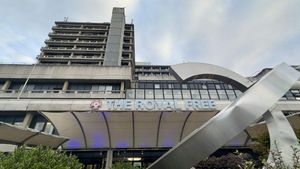





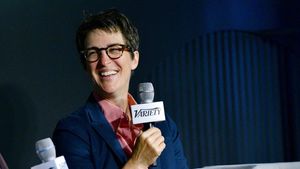





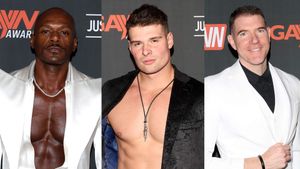


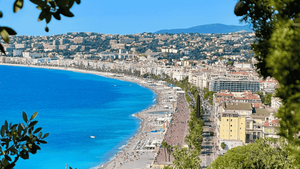
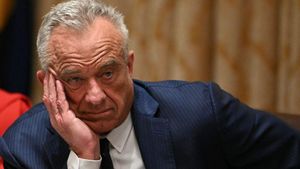
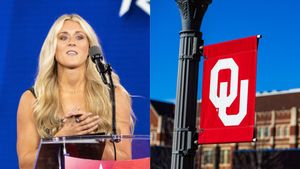
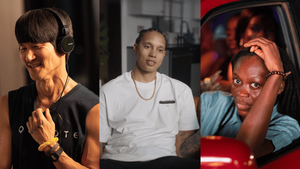






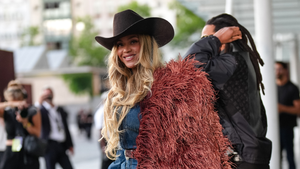


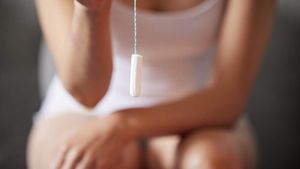

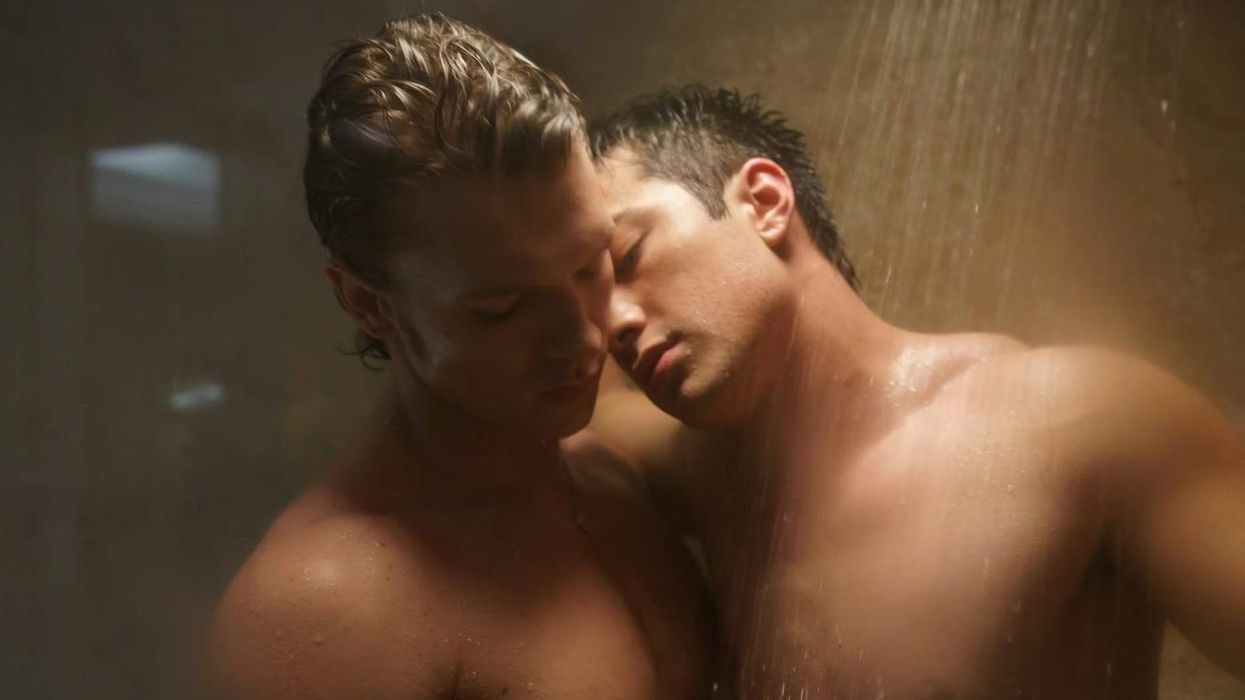
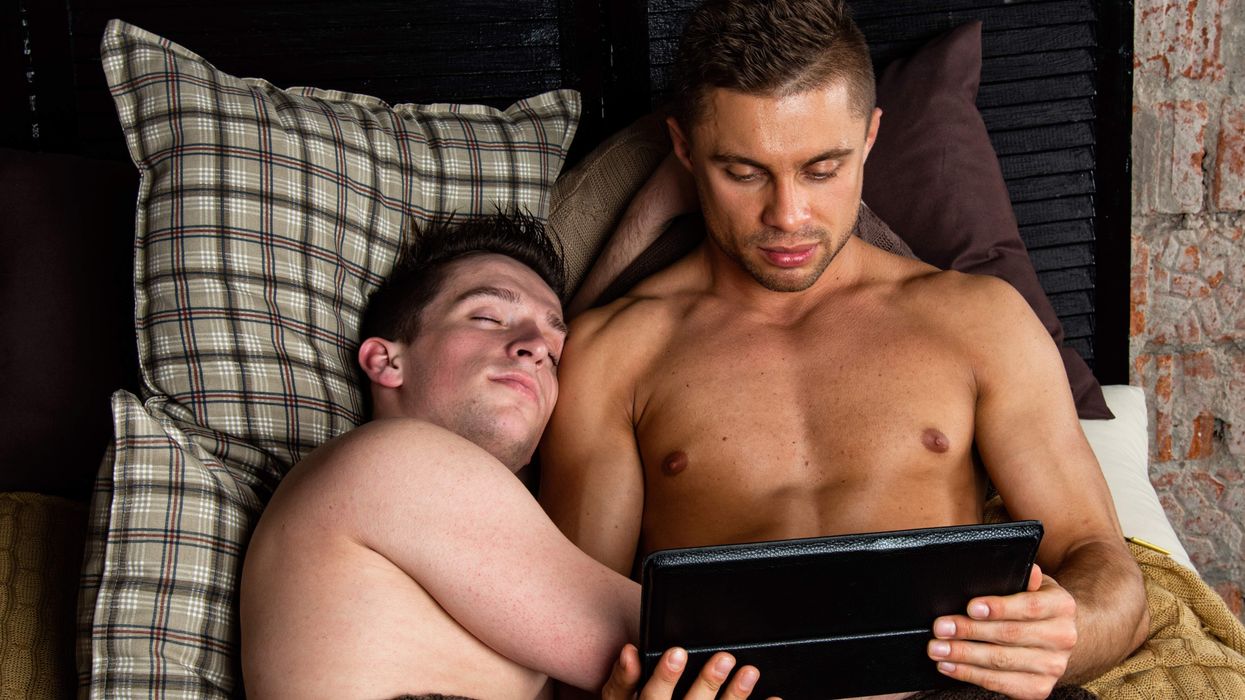
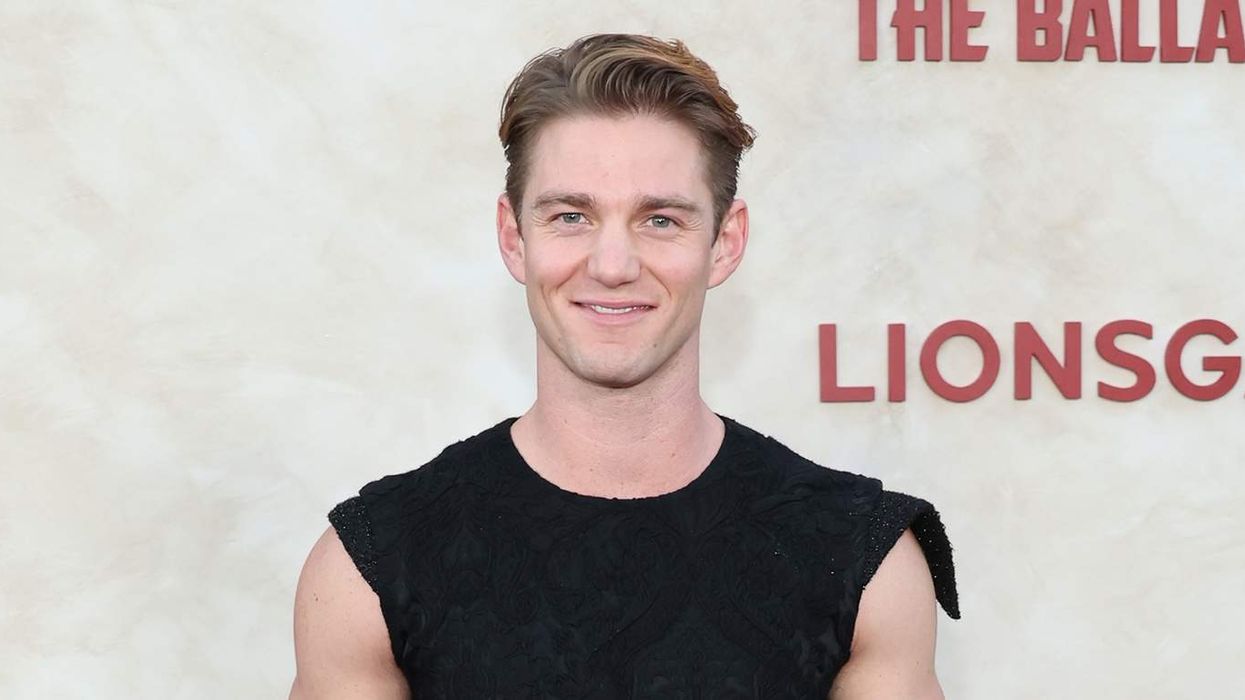


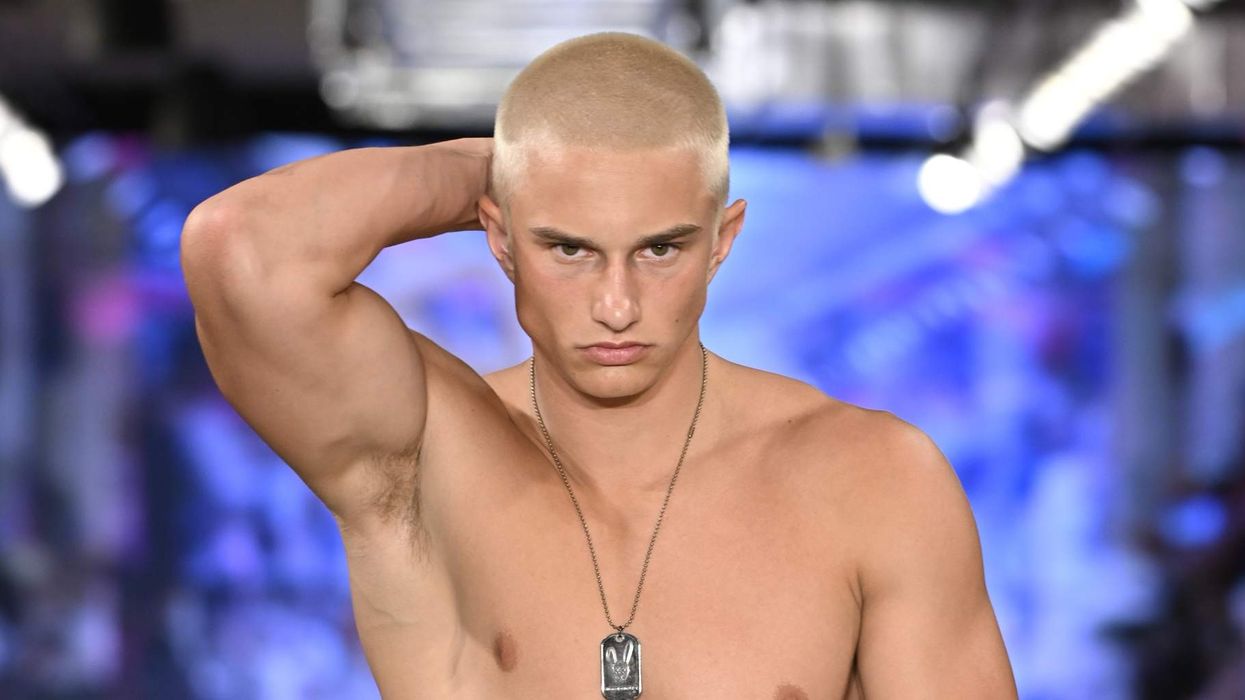

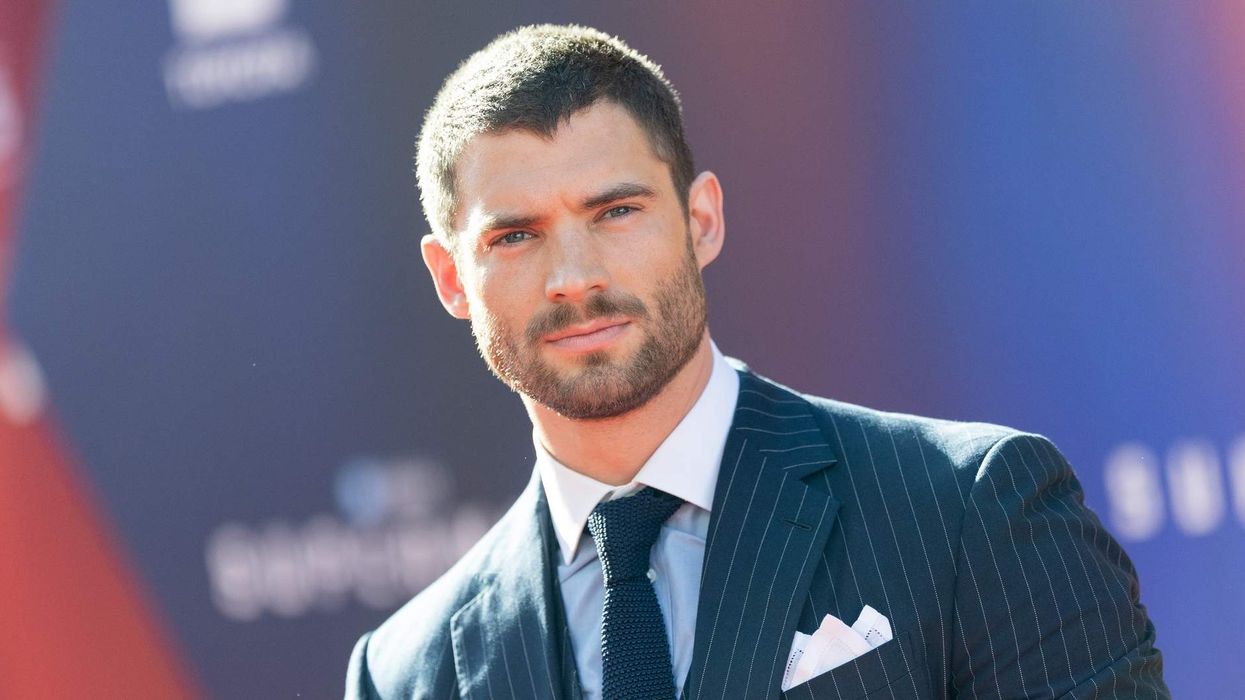
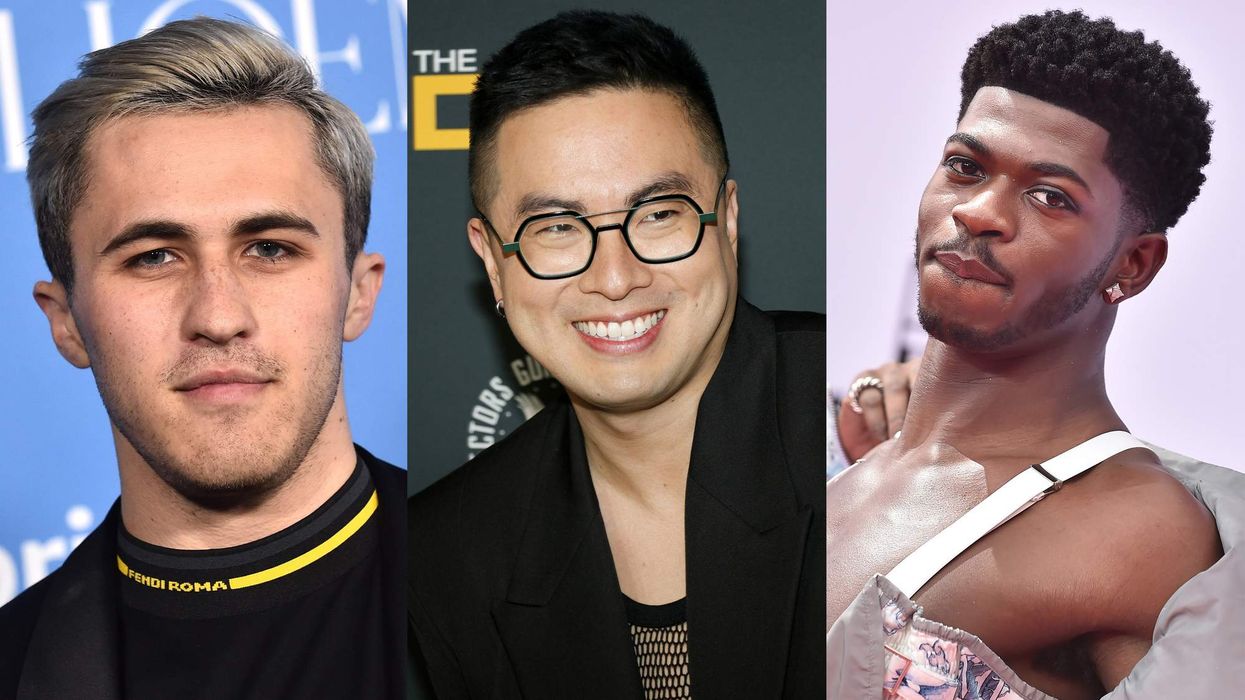




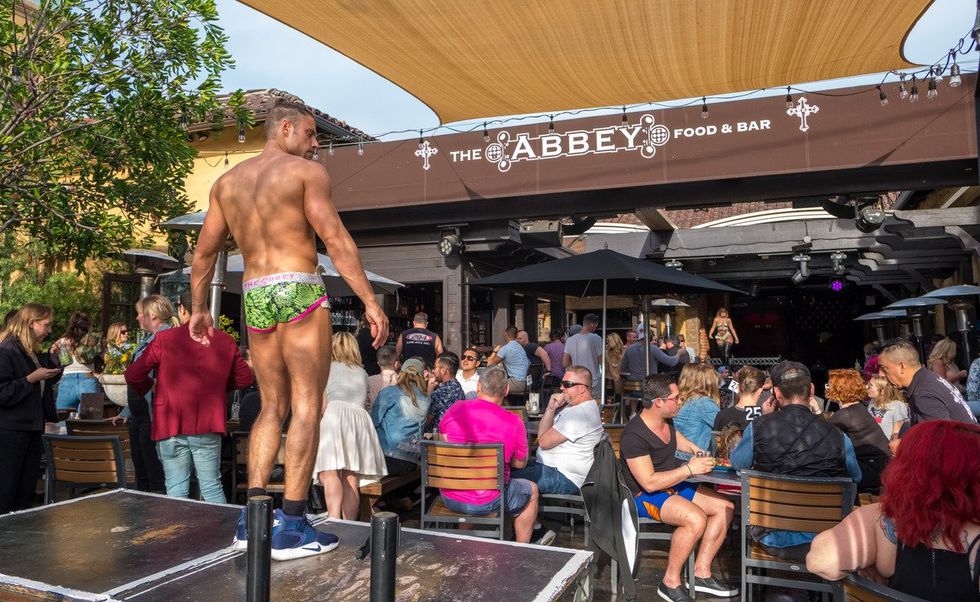
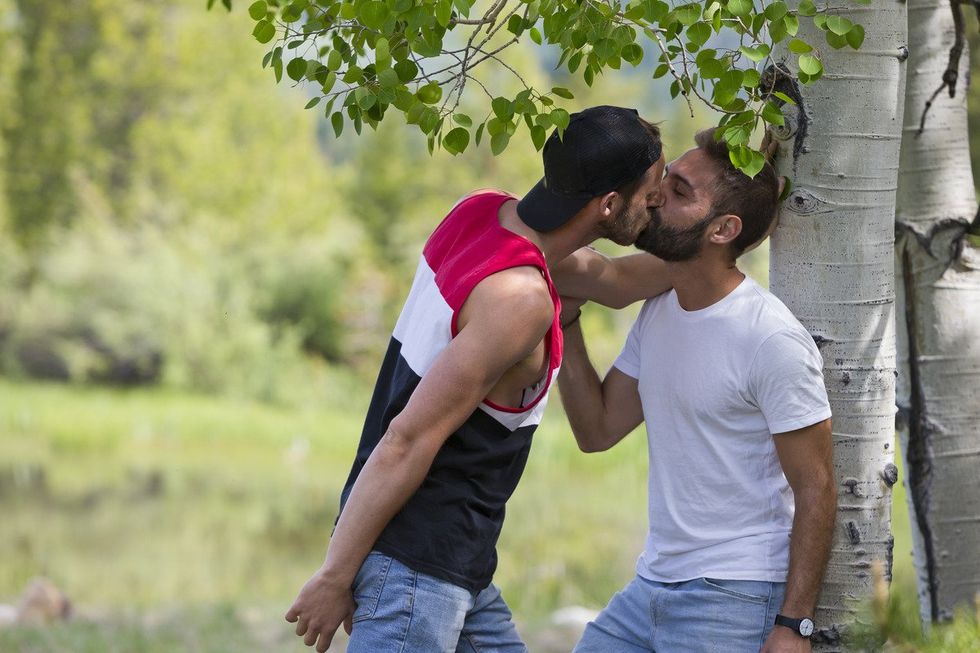


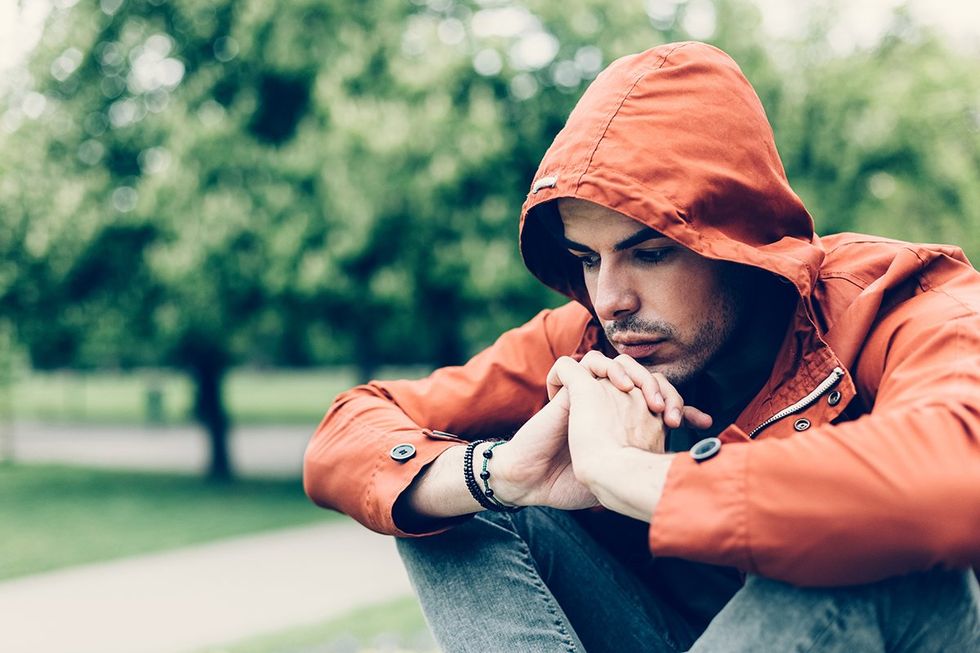

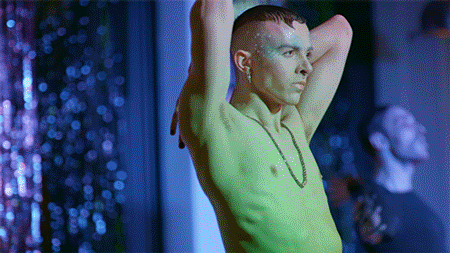 Strike A Pose Mic Drop GIF by FILMRISE - Find & Share on GIPHY
Strike A Pose Mic Drop GIF by FILMRISE - Find & Share on GIPHY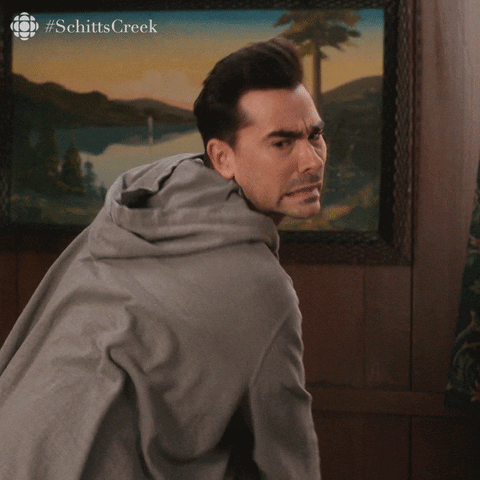 Schitts Creek No GIF by CBC - Find & Share on GIPHY
Schitts Creek No GIF by CBC - Find & Share on GIPHY